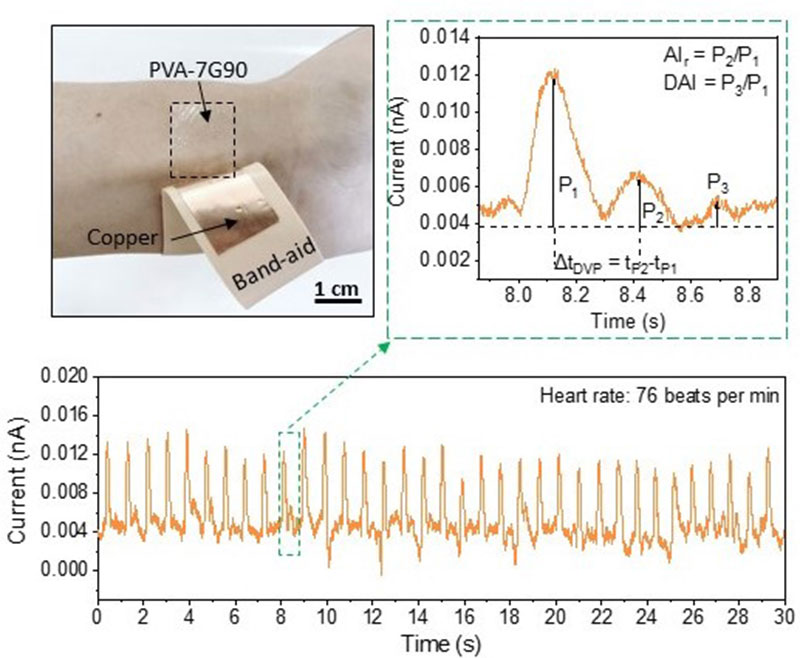Wearable medical devices offer a convenient means of monitoring many physiological features of our body. These devices, which include insulin pumps, continuous heart rate monitors, and neural stimulators, need an electric power source to function. Now, a team of scientists at Purdue University has developed self-powered wearable triboelectric nanogenerators (TENGs) with polyvinyl alcohol (PVA)-based contact layers for monitoring cardiovascular health. TENGs help conserve mechanical energy and turn it into power, reports Purdue University.
The researchers published their work in the journal Advanced Materials.
Read more Renesas Launches RE Family – Energy Harvesting Embedded Controllers
“The PVA-based TENGs show great potential for self-powered biomedical devices and open doors to new technologies that use widely deployed biocompatible materials for economically feasible and ecologically friendly production of functional devices in energy, electronics and sensor applications,” said Wenzhuo Wu, the Ravi and Eleanor Talwar Rising Star Assistant Professor of Industrial Engineering in Purdue’s College of Engineering, who led the development team. “We transform PVA, one of the most widely used polymers for biomedical applications, into wearable, self-powered triboelectric devices which can detect the imperceptible degree of skin deformation induced by human pulse and capture the cardiovascular information encoded in the pulse signals with high fidelity.”
Cardiovascular health is typically measured by echocardiogram to measure electrical activity in the heart or photoplethysmography that measures changes in blood volume in the peripheral microvasculature.

“These technologies can often be invasive to patients and have not yet been adapted into wearables for personalized on-demand monitoring,” Wu said. “TENGs with PVA blend contact layers produce fast readout with distinct peaks for blood ejection, blood reflection in the lower body, and blood rejection from the closed aortic valve, which may enable detection of common cardiovascular diseases such as cardiovascular disease, coronary artery disease and ischemic heart disease.”
Wu said PVA offers a valuable opportunity as potential constituents in future wearable self-powered devices. The PVA-based triboelectric devices can harvest the mechanical energy from the human body and use such electric power to support the operations of other biomedical devices.
According to Wu, the PVA-based triboelectric devices can function as self-powered sensors to detect and monitor the mechanical activities from the human body in applications such as health monitoring, human-machine interface, teleoperated robotics, consumer electronics and virtual and augmented technologies.
The creators are looking for partners to commercialize their technology.












